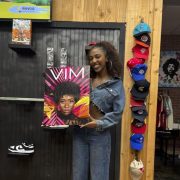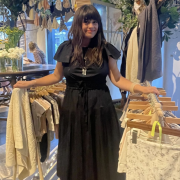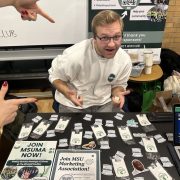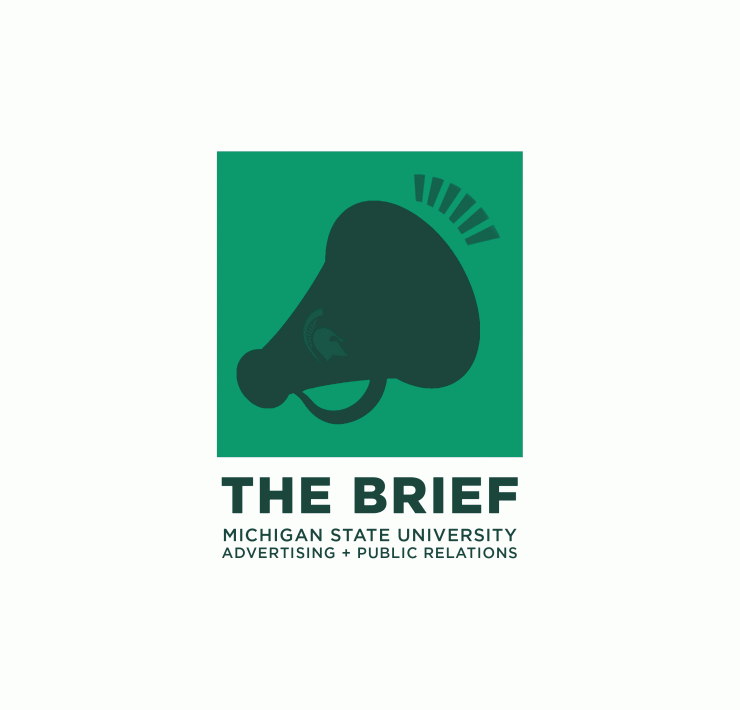AD+PR Assist. Prof. Studies Social Media Band-wagoning’s Impact on Sharing Fake News
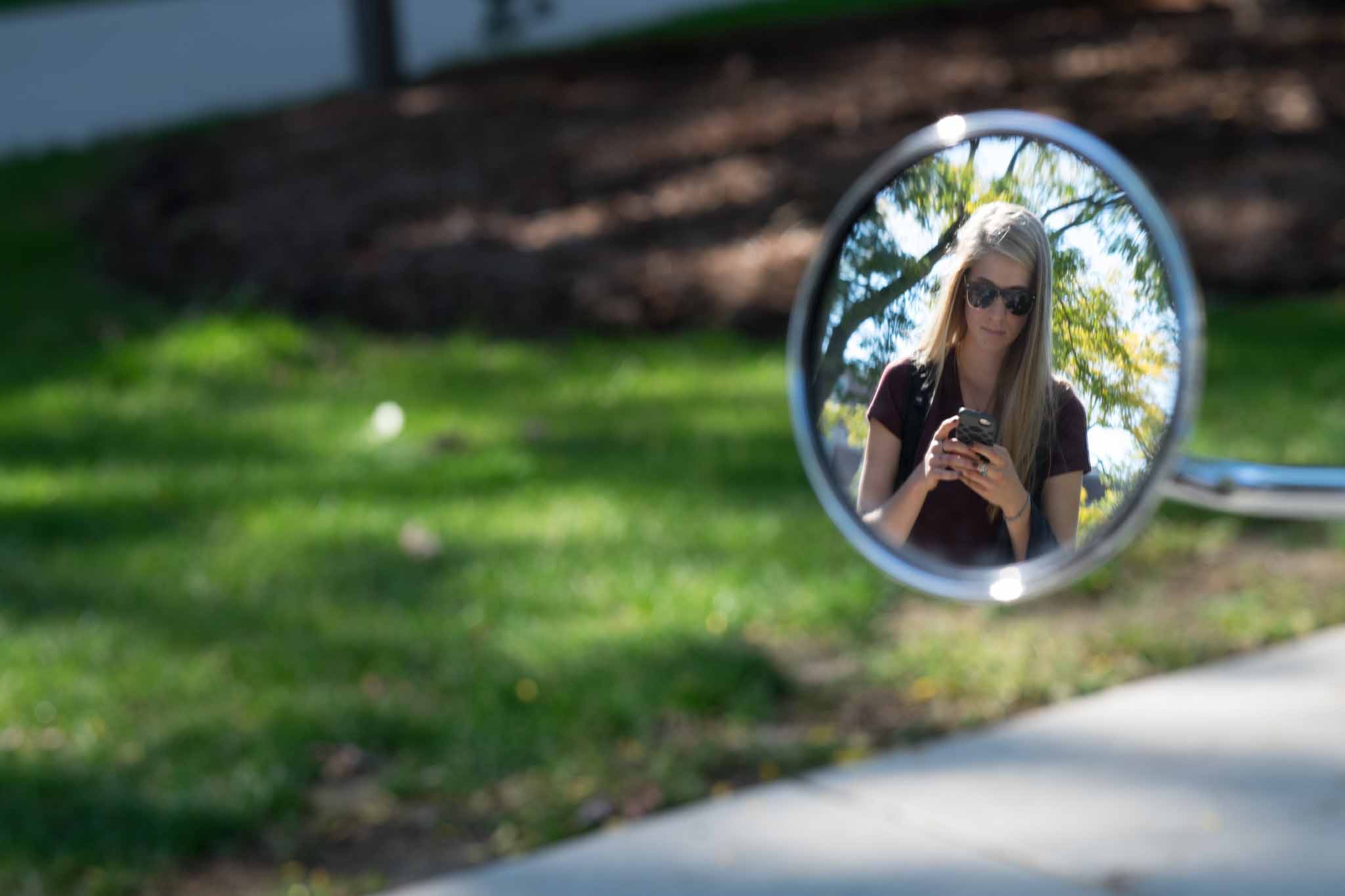
By: Jocelyn Bellhorn
Photo of Student: Michigan State University
Do you let popularity influence your interactions on social media? Do you realize you are likely a victim to fake news? Whether the media includes real or fake news, engagement often correspond to popularity, also known as band-wagoning.

Dr. Maria D. Molina is an MSU Department of Advertising + Public Relations assistant professor who conducted experiments that pertain to band-wagoning. Part of her research entails the psychology of human-computer interaction. She says she wondered why people share content online based on the specific interface of a social media platform. She says this is where band-wagons come into play. Molina has experimented with band-wagoning and the behavior of viewers.
“I’m interested to see if the number of ‘likes’ influence the sharing,” said Molina. “I have to be careful of pretesting to make sure my stimulus and conditions are only varying in that variable of interest and not any other characteristic.”
Collaboration is significant in research. Most of Molina’s studies are collaborative with different teams that have their own skill sets. She says she frequently works with computer scientists. During her band-wagoning research, the computer scientist on her team built a mock interface designed to be like Facebook. She says their teamwork allowed for consistent and valid results.
One of her recent studies describes sharing of misinformation. With misinformation running rampant on the Internet and social media’s lack of credible sources, it can be a challenge for users to differentiate truthful content with fake news.
“When there is a fake post where users can perceive that it is fake when it received many ‘likes,’ it makes people more cautious about that post,” said Molina. “Research in band-wagons support the opposite: when there are more ‘likes,’ you tend to believe in that particular piece of information. With deceptive content where users can pinpoint it is false, then the number of ‘likes’ makes them question the validity.”
This was surprising to Molina. There is more caution when a post noticeably lacks credibility, but there is still interaction, such as increased comments, particularly when the fake post shows high popularity. Fake news is misinformation, whereas band-wagoning relates to the number of likes a post received. According to Molina, research shows high interaction on both aspects. Fake news tends to have more comments and band-wagons trick people into believing the content is credible.
Molina says it is important for the public to understand the effects technology has on human behavior. There are many professors in the Department of Advertising + Public Relations that follow the behavioral influence of technology. Students can voluntarily participate in research studies, like Molina’s, with the ComArtSci SONA system for a fun experience and, often, extra credit in classes.








